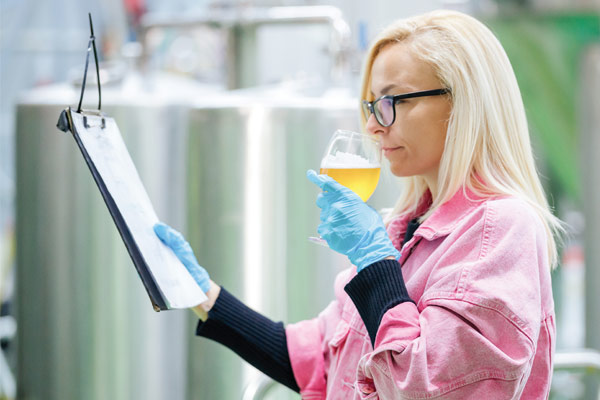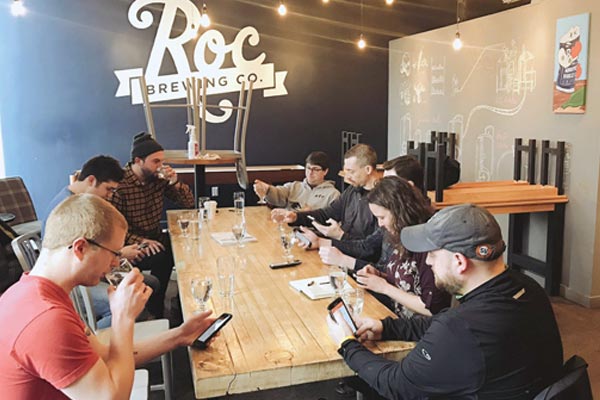
Creating a Safe Non-Alcohol Beer Product
Brewing a non-alcohol (NA) beer can be challenging from a flavor standpoint, but the lack of alcohol also creates food safety considerations that are separate from alcohol-containing beers.
You are using an outdated browser not supported by The Brewers Association.
Please consider upgrading!
Breweries should strive to improve their processes and expand the scope of their quality program as production increases. The best quality programs have robust preventive maintenance plans. Scheduled maintenance will result in higher quality processes and reduced down-time. Maintenance will also help prevent some potential food safety hazards.

Brewing a non-alcohol (NA) beer can be challenging from a flavor standpoint, but the lack of alcohol also creates food safety considerations that are separate from alcohol-containing beers.

Oxygen plays many roles during various stages of the brewing process, but preventing the pickup of oxygen from the end of fermentation is key.

We live in a world with an abundance of information that is easier to collect than ever before. The goal is to pay attention to what matters the most.

Too often, brewers talk about stability issues as something to react to rather than prevent. Careful consideration in all facets of the brewing process provides a better road map.

The five primary aroma buckets that best describe “dank” include woody, herbal, floral, stinky, and fruity. Every strain of cannabis has these aromas in varying amounts.

Since packaging operations are the last set of a brewery’s process steps to touch beer before it’s consumed, it’s essential that breweries pay strict attention to food safety.

Monitoring and controlling packaging operations is one of the biggest challenges to beer quality, and it often distinguishes good brewers from great brewers.

The Hot Steep method, a rapid wort preparation method approved by the ASBC, will allow breweries of all sizes and budgets to easily evaluate extractable malt flavor.

Objectively measuring quality is a three-legged stool with microbiology, chemistry, and sensory forming the platform. Of the three, sensory can be the most approachable.

Not all brewers are conscientious and competent stewards of our collective brand of craft beer, but brewpubs can be incubators for the quality-conscious phenomenon.